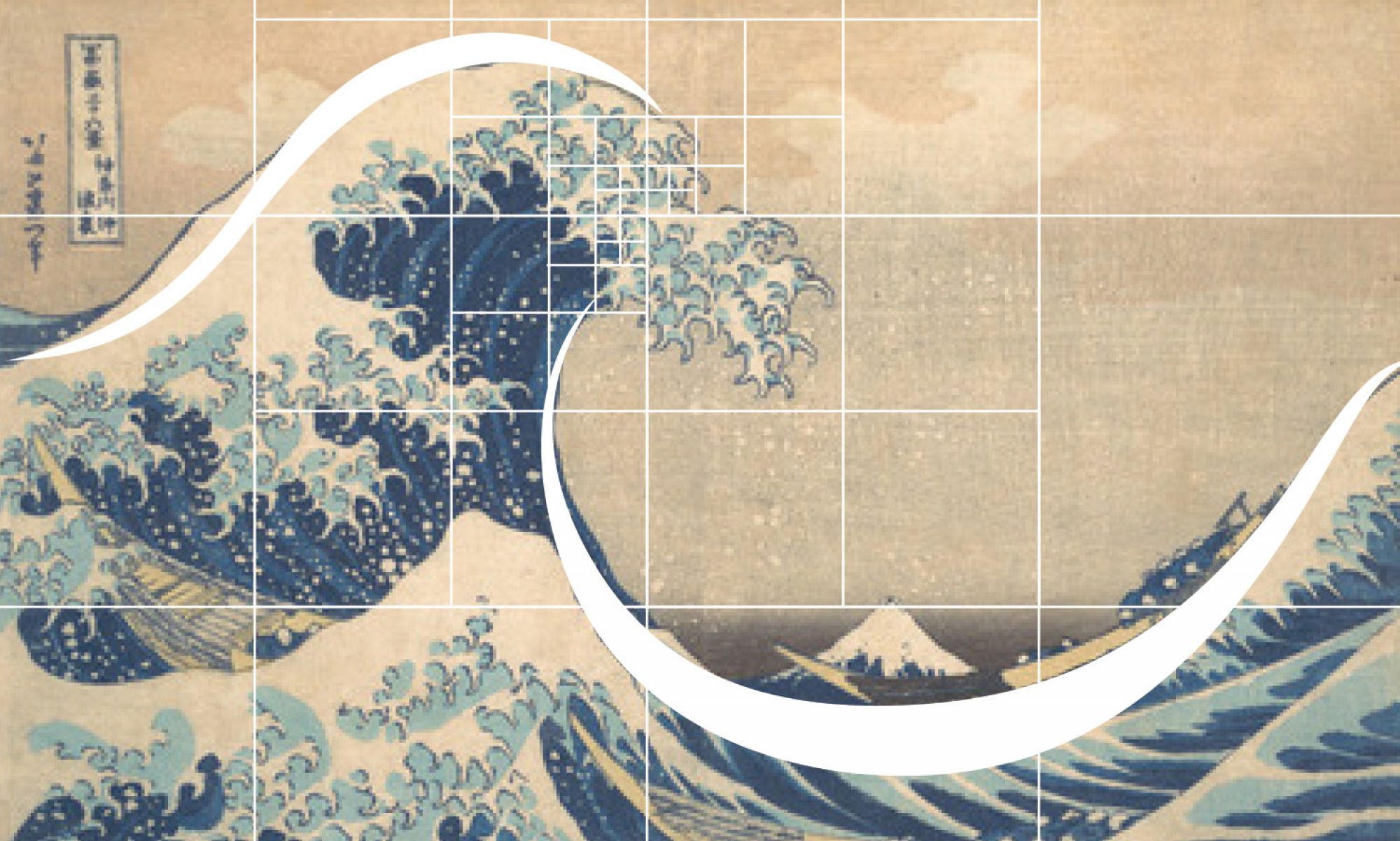https://www.researchgate.net/publication/344943225
Dommermuth et al. (2014); Dommermuth (2020b) show that windrows form due to the action of breaking waves. Foam, biological material, flotsam, and jetsam surf the fronts of breaking waves. The surfing action of the breaking waves scrubs the free surface clean like a wedge plow on a train clears snow. Dommermuth et al. (2014); Dommermuth (2020b) hypothesize that each successive pass of a breaking wave increases the length of the windrows. There is a sweet spot for forming long rectilinear windrows whereby there is surfing followed by spilling of foam, flotsam, jetsam, etc. off to the sides of the whitecaps. Dommermuth (2020c) shows that windrows are less likely to persist if the whitecaps are long crested. When whitecaps are too long transverse to the wind, successive passes of breaking waves tend to break up the windrows. Conversely, if whitecaps are too narrow transverse to the wind, there is no surfing to line up foam, flotsam, jetsam, etc. Here, numerical simulations confirm that successive surfing and scrubbing events lead to the formation of windrows. For Type 1 Windrows, successive spilling breaking waves progress down the middle of the breaking wave that proceeded them, whereas for Type 2 Windrows, successive spilling breaking waves progress down the middle of the windrow band of the breaking wave that proceeded them. The windrows that are formed by Type 1 interactions are thick and rectilinear. The windrows that are formed by Type 2 interactions are thinner, clumpy, and serpentine. Type 2 Windrows have twice as many bands as Type 1. Random fluctuations to the lateral positions of the spilling breakers show that Type 1 and Type 2 Windrows are persistent over a broad range. However, windrows will not form if the lateral positions of spilling breaking waves are uniformly distributed relative to each other.
